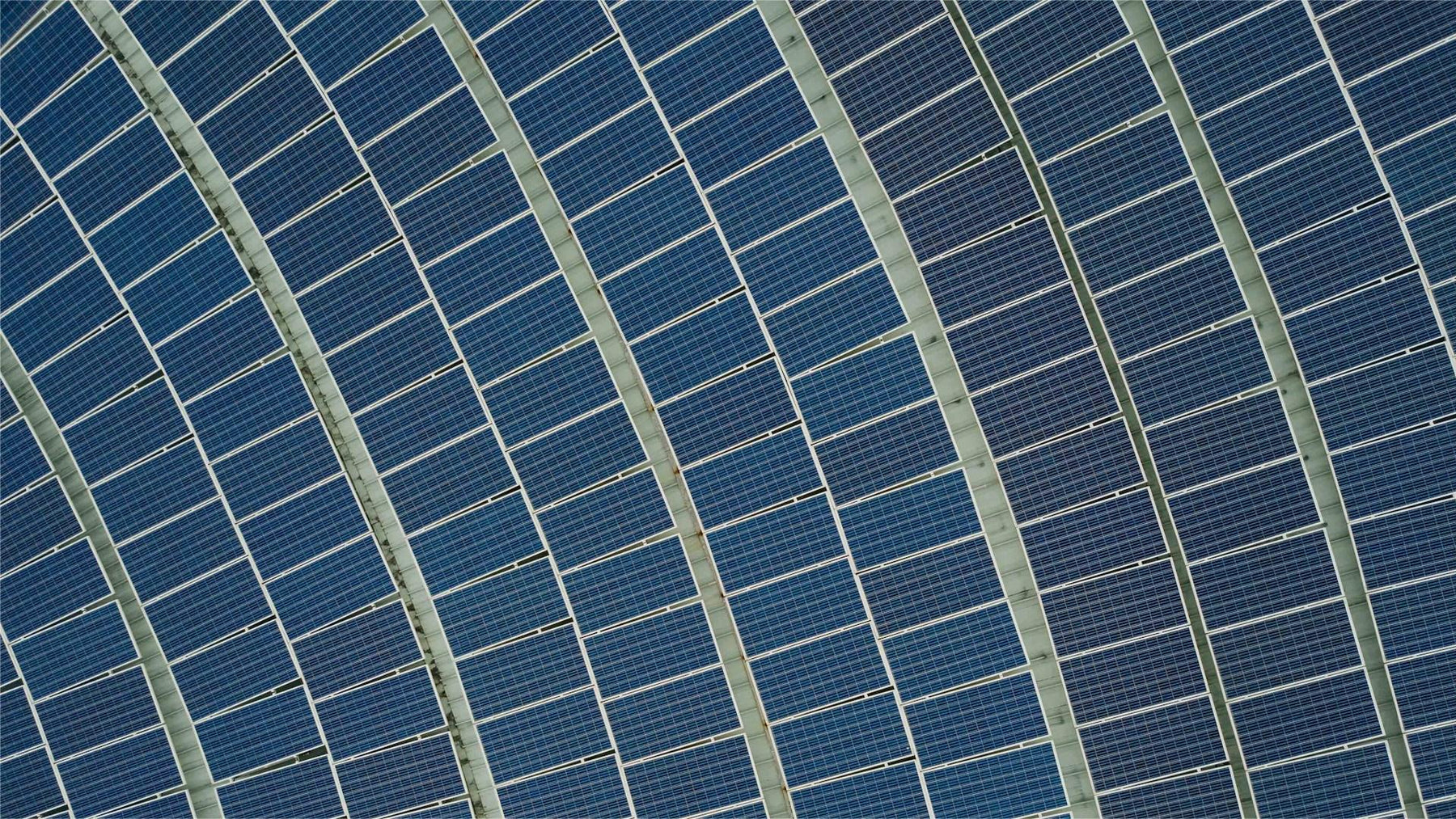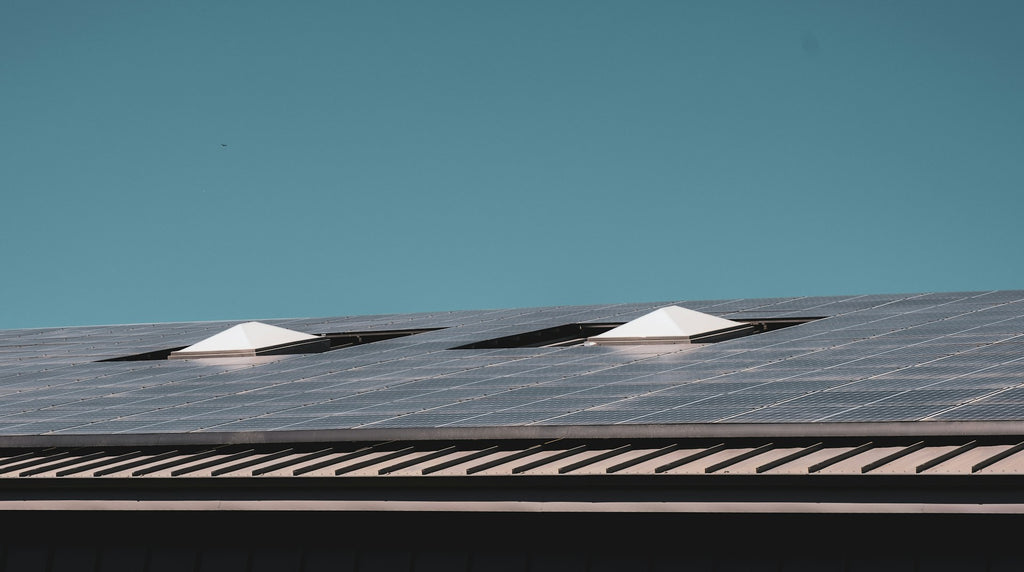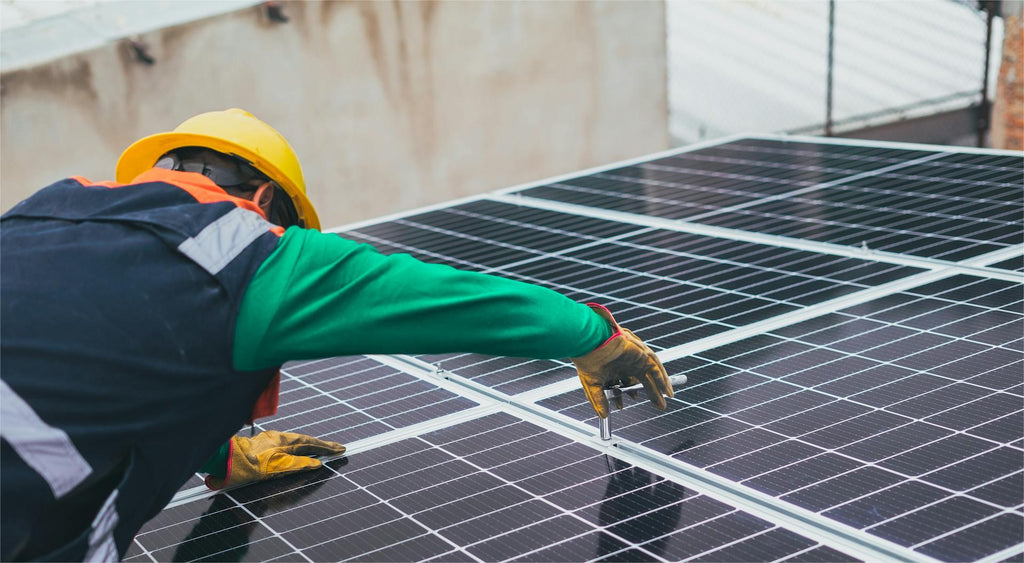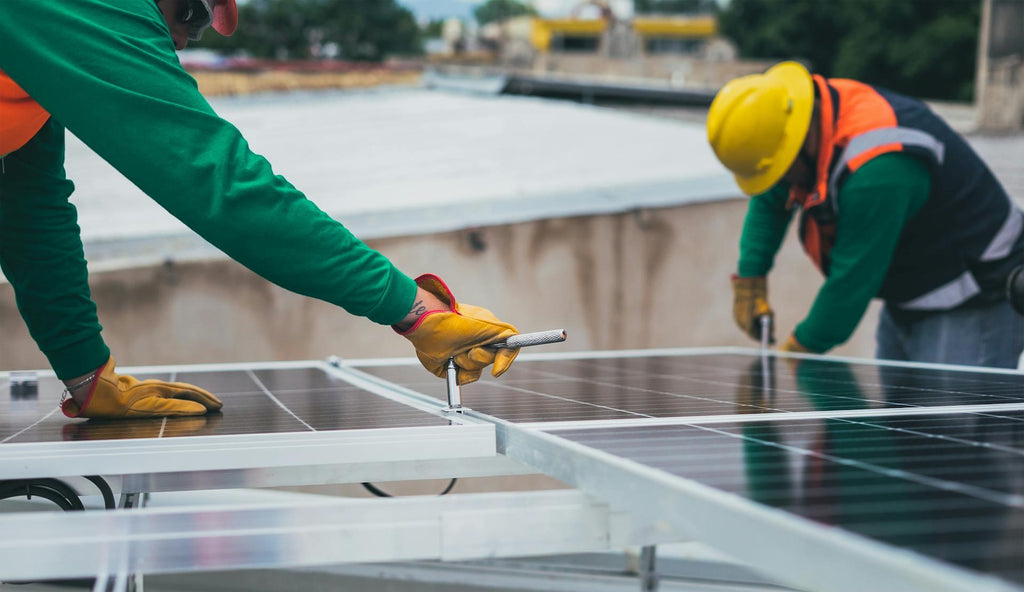
Solar Inverter Maintenance: 10 Essential Tips for Longevity
In Germany, maintaining your solar inverter is crucial not only for ensuring efficient energy production but also for extending its lifespan. Here, we present 10 expert tips tailored to keep your solar inverter running smoothly.
1. Regularly Check Indicator Lights and Error Codes
Every solar inverter is equipped with indicator lights that serve as the first line of diagnostics. These lights often vary in color; typically, green indicates normal operation, while red or amber may suggest issues. By observing these indicators, you can quickly assess if the inverter is functioning correctly. Alongside these lights, most inverters display error codes that can pinpoint specific problems. For instance, a frequent error code might indicate trouble with the grid connection or an internal malfunction.
To effectively use this information, keep a copy of the manufacturer's manual handy. This manual includes a detailed list of error codes and their meanings. When an unfamiliar code appears, consult the manual to understand its implications and the recommended corrective actions. Immediate attention to these signs can prevent a minor fluctuation in performance from developing into a significant system failure, thus avoiding costly repairs or replacements.
Extended Reading: Solar Inverter Troubleshooting: 8 Common Problems and Easy Solutions
2. Ensure Adequate Ventilation
Solar inverters generate heat during operation. Excessive heat can degrade their efficiency and shorten their operational lifespan. To prevent this, choose an installation spot that is shaded and well-ventilated. Avoid placing the inverter in direct sunlight or cramped spaces where heat can accumulate.
Regular checks of the ventilation grills are crucial. These grills can attract and accumulate dust and other particles, especially in outdoor setups or dusty environments. A simple inspection every few months to ensure these vents are clear can make a significant difference. Blocked vents restrict air flow, causing the inverter to work harder to disperse heat, which in turn can lead to overheating and reduced operational efficiency.

3. Maintain Cleanliness
Over time, the exterior of your solar inverter can become a collecting ground for dirt and dust, which are more than just cosmetic issues. These contaminants can insulate components, trapping heat and leading to overheating. It's advisable to schedule regular cleaning sessions every few months or more frequently in dusty areas.
Use a soft brush or a microfiber cloth to gently wipe down the inverter's surface. This action removes the loose particles without scratching the inverter's casing. If the manufacturer's guidelines permit, you might occasionally use a slightly damp cloth to tackle more stubborn grime, but generally, dry cleaning methods are safest. This regular maintenance helps maintain optimal heat dissipation and keeps the inverter functioning efficiently.
4. Monitor Inverter Efficiency
Inverter efficiency is a critical metric that indicates how well your solar inverter is converting DC power from the solar panels into usable AC power. Most modern inverters come equipped with digital monitoring tools that allow homeowners to track this performance in real-time. Regularly checking these statistics is crucial; a drop in efficiency often signals issues such as component wear or environmental factors affecting the system.
To effectively monitor your inverter, regularly compare the current output data with historical performance figures. This comparison can help pinpoint any deviations from expected energy production. For example, if the output is consistently lower than previous months under similar sunlight conditions, it might indicate an issue requiring further investigation or maintenance. Keeping a log of these records can also aid in troubleshooting and in discussions with maintenance personnel.
5. Inspect for Physical and Environmental Damage
Regular visual inspections of your solar inverter can prevent long-term damage. Look for signs of corrosion on metallic parts, which can occur due to exposure to moisture or salty air in coastal areas. Also, check for any signs of water damage, including rust or water marks, which could indicate that the inverter's location is prone to moisture ingress.
Moreover, inspect the area around the inverter for signs of pest infestations, such as nests or droppings. Pests can chew through wiring and insulation, causing significant damage. After extreme weather events such as storms or heavy rainfall, perform a thorough check to ensure that no physical damage like dents or cracks has occurred, as these can compromise the inverter's structural integrity and operational efficiency.
6. Tighten Electrical Connections
Over time, the electrical connections within a solar inverter can become loose due to the natural expansion and contraction of components caused by temperature changes. Loose connections are not only a leading cause of efficiency loss but also pose serious safety risks, including the potential for electrical fires.
It is advisable to have these connections checked and tightened by a qualified technician during regular maintenance visits. This process typically involves using specialized tools to ensure that all connections are secure without being overly tightened, which can itself cause damage. Professionals will also inspect for any signs of wear or corrosion and can replace any compromised wiring or components, ensuring that the system continues to operate safely and efficiently.

7. Update Software Regularly
Solar inverters are equipped with software that controls their operation and maximizes efficiency. Manufacturers regularly release software updates to enhance features, improve efficiency, and address any known issues. Keeping your inverter's software up-to-date is crucial for maintaining optimal performance. To check for updates, visit the manufacturer's website or contact their customer support. They can provide guidance on how to safely download and install these updates. Some modern inverters may even update automatically via a connected network, but it's always good to verify that you have the latest version.
8. Perform Professional Annual Inspections
While routine monitoring can be managed by homeowners, certain subtleties and technical elements can only be assessed by a professional. An annual inspection by a certified technician can identify potential issues that may not be immediately apparent. During the inspection, the technician will perform a comprehensive examination of the inverter's internal components, wiring, and electrical connections. They also test the system's overall performance to ensure it operates within expected parameters. Such expert evaluations are essential for maintaining the longevity and efficiency of your inverter.
9. Replace Worn-Out Components
Over time, specific components within your inverter, such as capacitors or fans, may wear out due to regular use. These components are vital for the smooth operation of your inverter as they regulate the electrical flow and maintain adequate cooling. Delaying their replacement can lead to a sudden inverter failure, potentially causing a disruption in your power supply. It is advisable to replace these components proactively as part of your maintenance routine. Always ensure that such replacements are carried out by a professional, as they will have the necessary expertise and tools to perform the job safely and effectively.

10. Keep a Maintenance Log
Maintaining a detailed log of all maintenance activities performed on your solar inverter is highly beneficial. This log should include records of regular checks, updates, component replacements, and professional inspections. Note the date of service, the nature of the maintenance, and who performed it. Such documentation is invaluable for troubleshooting future issues, as it helps pinpoint when a problem may have begun. Additionally, a well-documented maintenance history is advantageous if you need to claim a warranty or if you decide to sell your property, as it demonstrates diligent upkeep of the system to potential buyers.
By adhering to these straightforward yet effective maintenance tips, you ensure that your solar inverter operates at peak efficiency for years to come, safeguarding your investment in renewable energy.

Een opmerking achterlaten